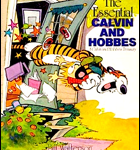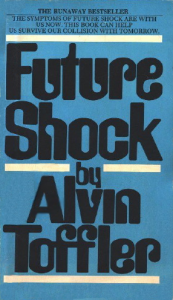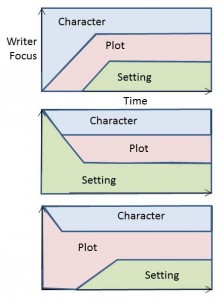As you write your fiction, should you have your characters speaking in dialect? By this I mean the purposeful misspelling of words in a phonetic manner to indicate how your character is speaking them.
The study of dialect is fascinating and, as a fiction writer, you should be familiar with the dialect used by your characters. But the question is whether to indicate some or all of the character’s word pronunciations to the reader phonetically.
One good reason for doing so is to show authenticity. Writing in dialect gives readers a great feel for the character, since you’re depicting the speech as it would really be. Also, the use of dialect allows you to distinguish characters from each other. If each character has a distinctive way of pronouncing words, that’s a help to the reader in telling them apart.
There are significant dangers in using dialect in your writing, though. First, it can slow down the reading process. Readers get annoyed having to stumble over your strangely-spelled words. Worse, they can get confused if you do a clumsy job of it and they have to stop and puzzle out what a character is supposed to be saying.
Worse still, you can offend a reader. These days, offended readers might not merely chuck your book, they can post scathing reviews which can really cut down on sales.
There are degrees of offense, of course. And attitudes change with time. Just after Mark Twain wrote Adventures of Huckleberry Finn, readers were more put off by its crude and mildly obscene language. Now the main criticisms involve its depiction of the black slave character, Jim. In fact, it’s hard to even read the book these days because it comes off as racist by today’s standards. It helps, just a little, to realize that Jim is, in fact, a noble character. And ennobling, in the sense that he forces Huck to struggle with the values of the society he lives in.
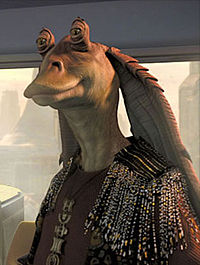 However, a worse example of offending an audience with dialect is Jar Jar Binks in some of the Star Wars movies. Since Jar Jar is an alien, (a Gungan), writer and director George Lucas could have gotten creative and invented a new and distinctive dialect. Instead he chose to give this character a dialect nearly identical to that of Jamaican English. To aggravate the offense, he made Jar Jar a comic relief character, bumbling and rather stupid.
However, a worse example of offending an audience with dialect is Jar Jar Binks in some of the Star Wars movies. Since Jar Jar is an alien, (a Gungan), writer and director George Lucas could have gotten creative and invented a new and distinctive dialect. Instead he chose to give this character a dialect nearly identical to that of Jamaican English. To aggravate the offense, he made Jar Jar a comic relief character, bumbling and rather stupid.
Getting back to the question of whether to use dialect in your writing, I suggest you use it sparingly, while being sensitive to the problems of confusing or offending your readership. There are other ways to convey the distinctiveness of a character other than dialect. These include word choice, grammar, idioms, slang, gestures and other actions, and clothing choice. I think writer Jennifer Jensen has some great advice on dialect here.
The story in which I used dialect to the greatest degree is “The Six Hundred Dollar Man.” Only you readers can decide if the cowboy dialect of 1870 Wyoming was rendered well in that story by—
Poseidon’s Scribe

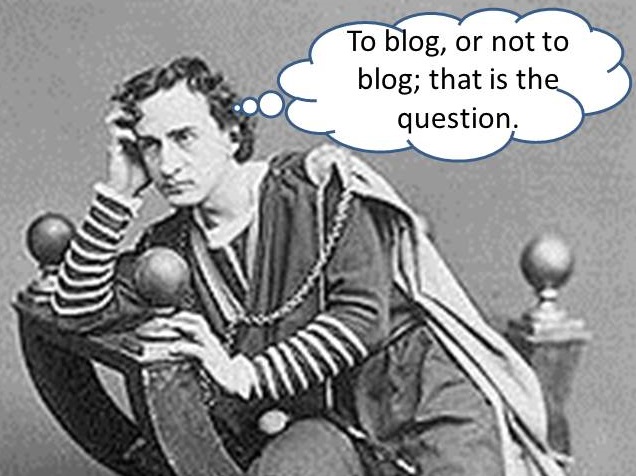
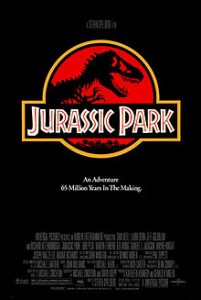
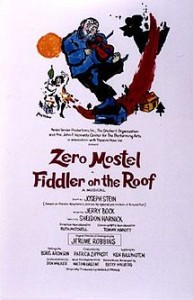
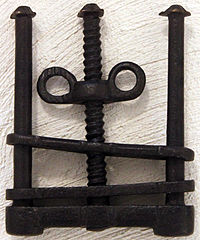
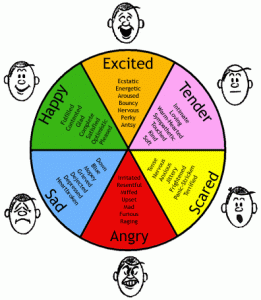

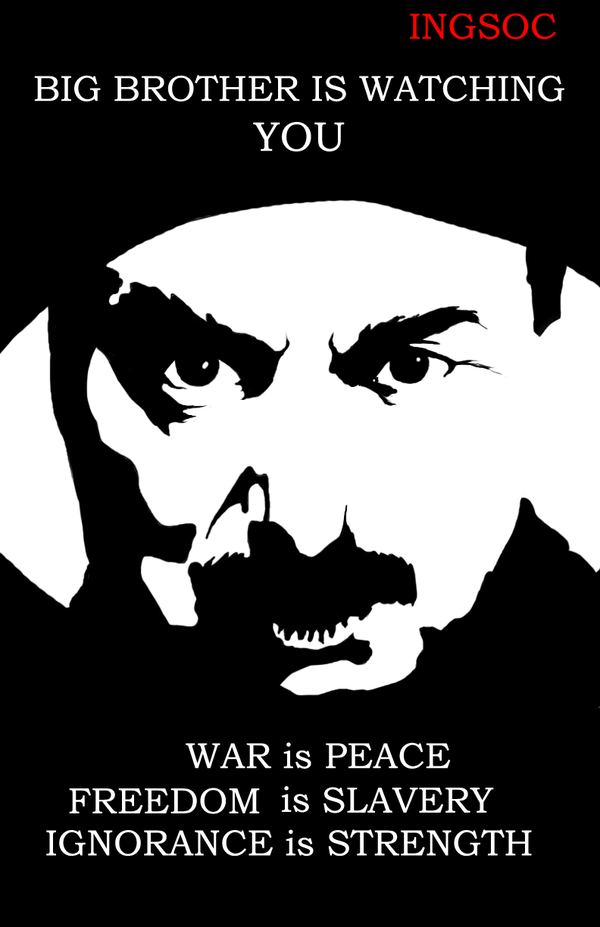
 experience is based solely on twenty years of being in small, amateur, face-to-face critique groups; not writing workshops, classes, or online critique groups; so the following advice is tuned to that sort of critique.
experience is based solely on twenty years of being in small, amateur, face-to-face critique groups; not writing workshops, classes, or online critique groups; so the following advice is tuned to that sort of critique.
